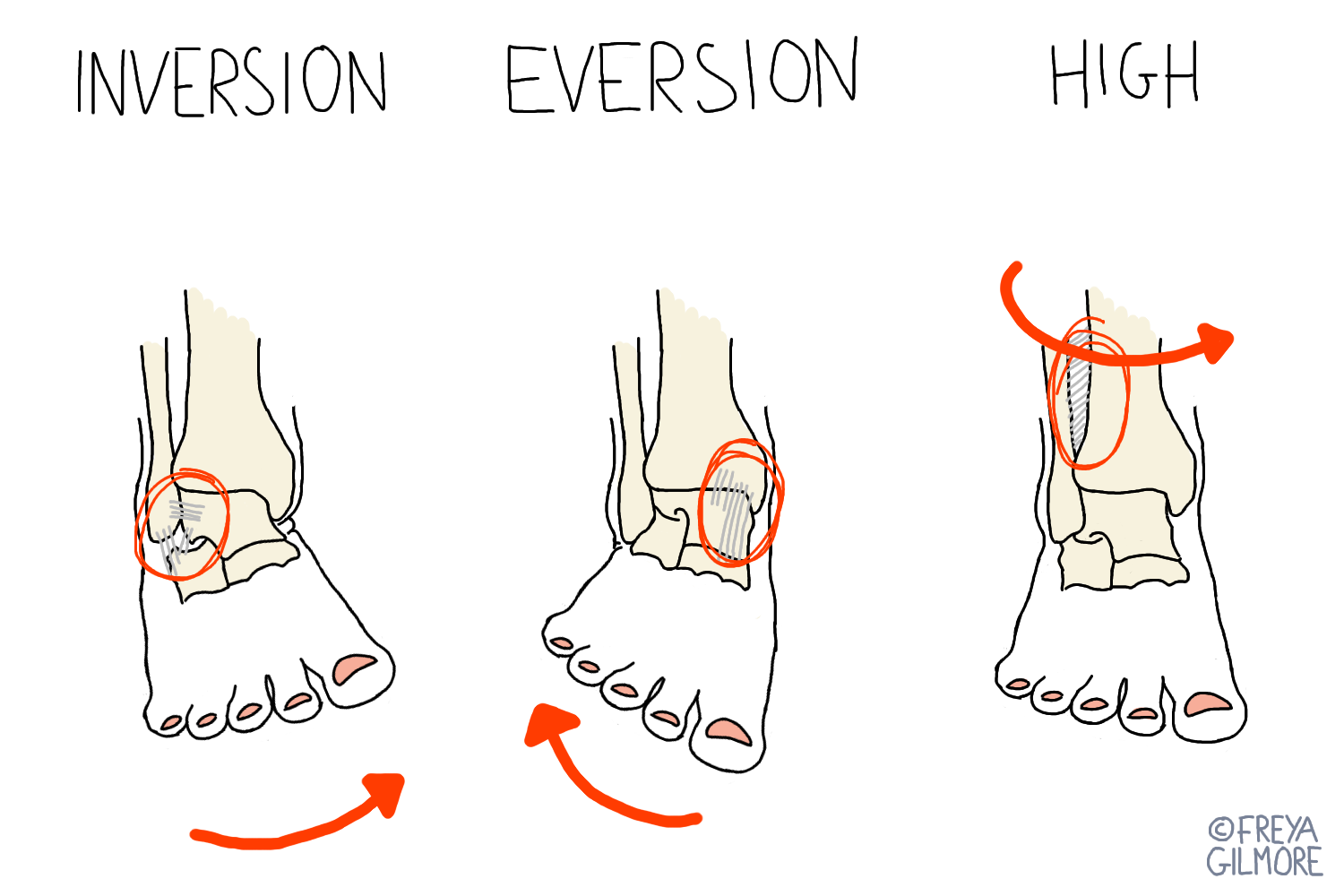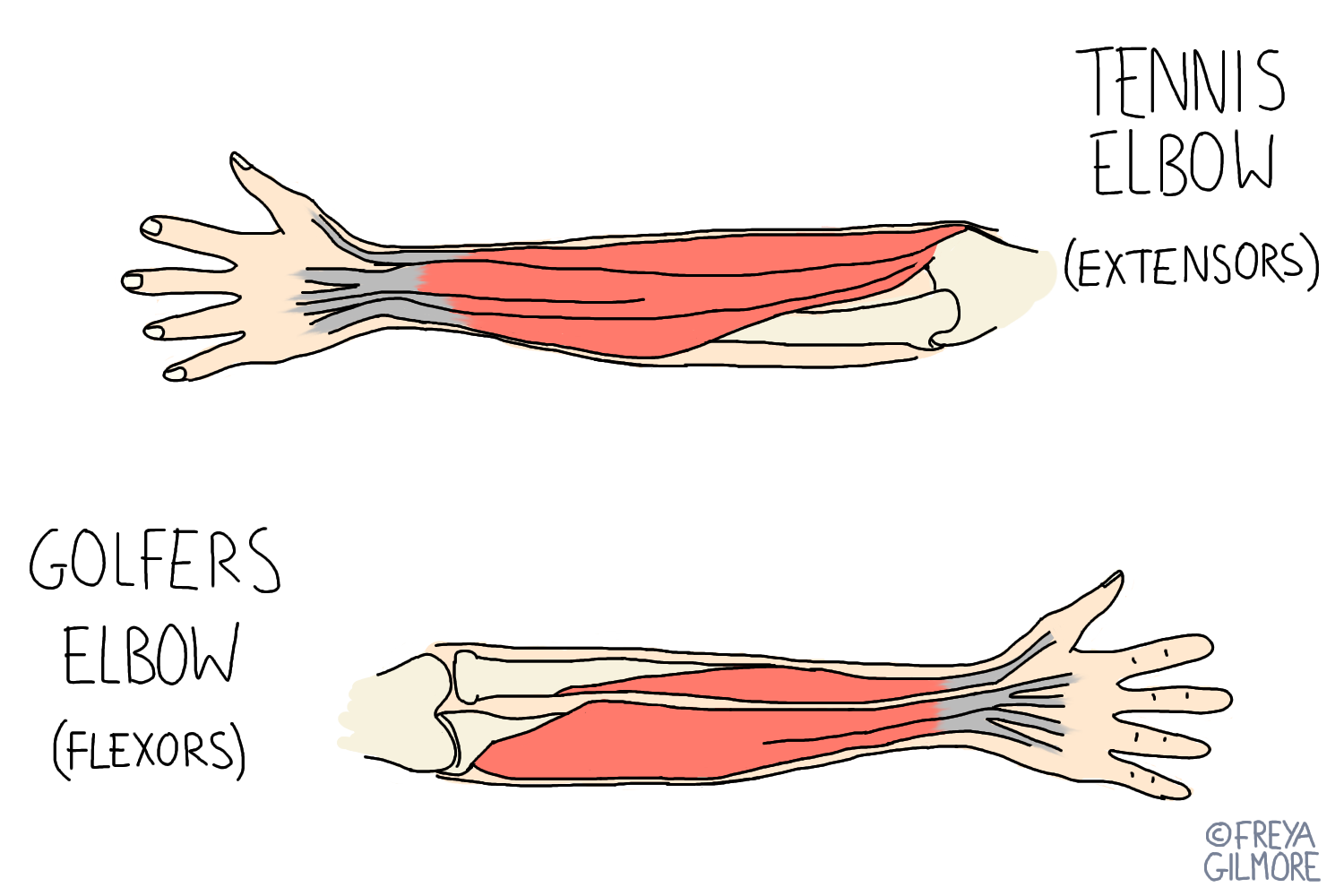09 December 2020
Sports Injuries

Osteopaths are well placed to not only help with existing sports injuries, but also to help reduce repeat occurrence. We can break down these ailments into a few categories based on the affected tissues:
Ligament Sprains
Sprains are injuries to ligaments that are not as severe as ruptures. We often hear about ankle sprains, but sports can predispose other joints to them too.

The role of ligaments is to prevent excess movement. So when a ligament is sprained, one symptom is laxity in the joint. In the short term, there may also be swelling and bruising or redness. A cold compress can be used initially to keep swelling down, although do so sparingly. Some inflammation is good to allow the body to heal itself. This is especially important for ligaments, as they don't have a good blood supply. However, excess swelling can cause further stretch to the ligaments, so the aim is to just take the edge off.
You may have noticed that after spraining your ankle once, you kept going over on it again and again. This is amplified by the role ligaments play in balance or proprioception. An important part of rehabilitating a sprain is retraining the brain's connection with it. Your osteopath can give you some simple exercises for this.
Muscle Strains
The muscular equivalent of a sprain is a strain. Tennis and Golfers' Elbows can develop after a minor strain is left untreated. Also read about rotator cuff strains here.

Muscle strains can be acutely painful, and present with immediate weakness. Redness, swelling, and bruising are typical early symptoms.
Strains heal much quicker than sprains because of their good blood supply, but they still need rehabilitation. As with any damaged fibre, appropriate loading will help it repair in the right direction. We can devise an exercise plan with you, and adapt it as your muscle heals.
Cartilage Injuries
Cartilage works as a shock absorber within joints, as it is flexible and relatively soft. However, if forces are applied in the wrong direction, cartilage can be torn. One relatively common sports injury is to a meniscus: a C shaped piece of cartilage in the knee. We see this a lot in footballers, as the menisci don't cope with twisting under pressure. Planting one leg and twisting through to kick is a prime example of this.
Unlike muscles and ligaments, one possible symptom of a cartilage injury is locking of the joint. This may be intermittent and unpredictable. Over time this may eventually resolve on its own. Unfortunately cartilage, like ligaments, has a poor blood supply. Therefore healing is slow.
One of your osteopath's main aims is to stop your body over-compensating. We subconsciously adapt to even minor discomforts, and the painful catching of a meniscus is no exception. Although the body will want to avoid any risky movement through the joint, that's exactly what it needs.
Cartilage gets its nutrition from the fluid in the joint, which is refreshed by pressure and release. We can help your body get back to this stage, therefore pointing it towards recovery.
If you frequently suffer from sports injuries, or have one now, make an appointment to get back on track.
Learn more
At Ilminster Osteopathy my goal is to help people achieve their goals whatever they may be. Watch our video to find out more.

